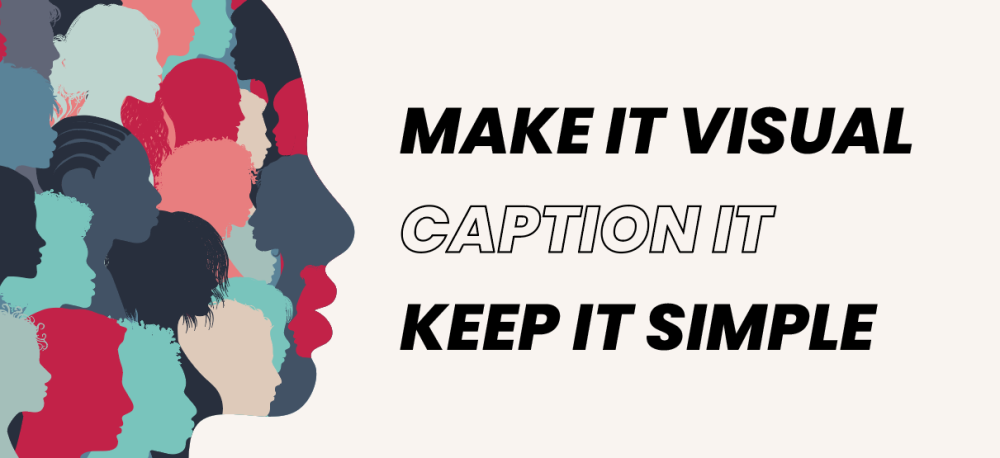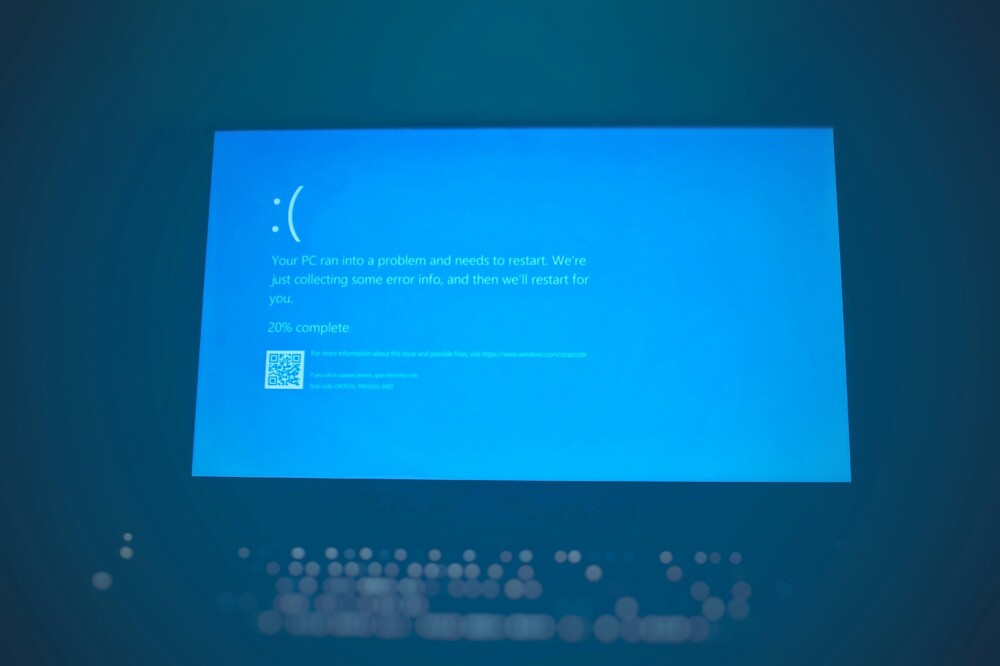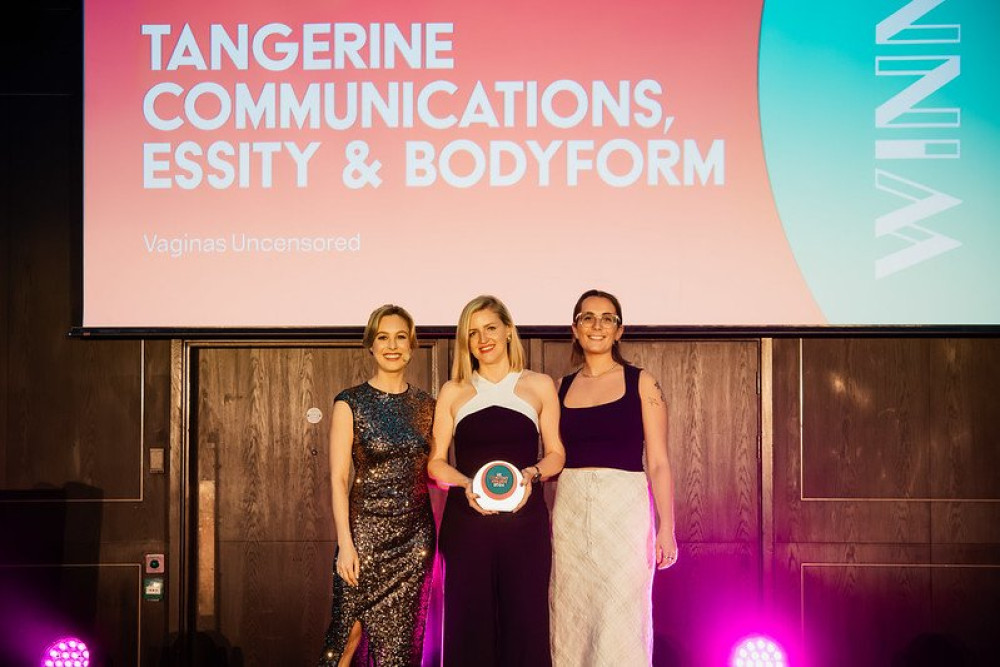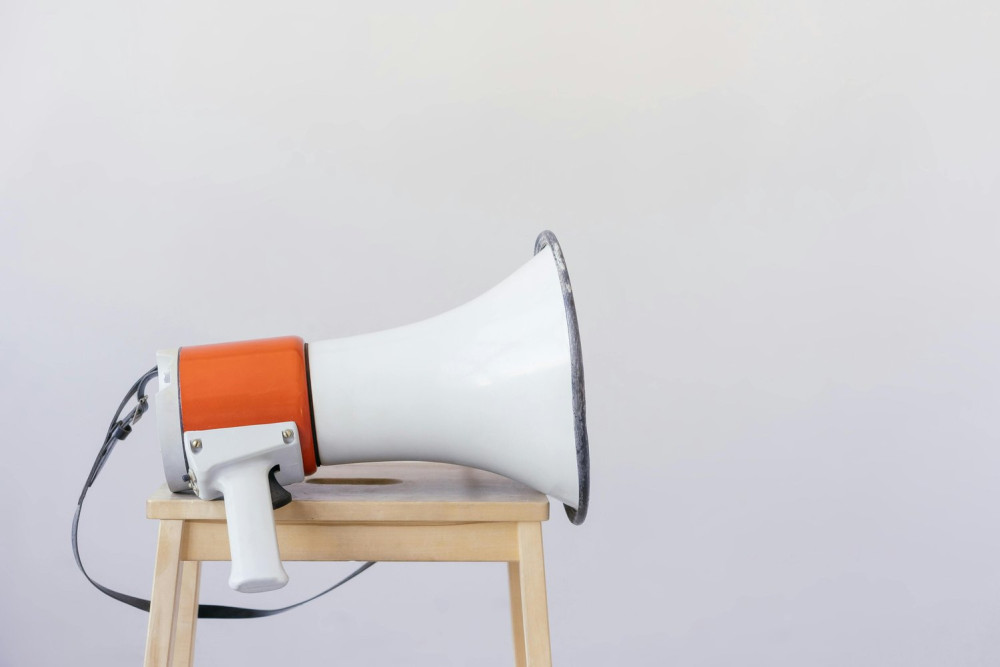Three simple ways to make content more accessible for neurodivergent audiences
NEURODIVERSITY CELEBRATION WEEK
This week marks Neurodiversity Celebration Week, a week to challenge misconceptions, recognise our differences and most importantly, celebrate them.
What does it mean to be neurodivergent
Neurodiversity is an umbrella term that includes conditions such as autism, ADHD, OCD, dyspraxia, dyslexia, dyscalculia and Tourette’s. It simply means that neurodivergent minds function and process information differently to those which are considered “typical”. Brain functionality can vary massively within the community but there are easy processes that we can follow to ensure content is accessible to all audiences.
At Tangerine, we want every aspect of our employees’ roles to be fair and accessible for everyone. From ensuring that our recruitment processes cater to neurodivergent applicants, offering adjustments throughout, being transparent about our interview process to all our candidates and providing ongoing support in role.
We continue to challenge ourselves with our Fair Play team. Our journey for inclusivity is continuous and we listen to our peers to ensure we are always taking steps in the right direction.
We know that championing our differences does not stop in-house. That is why we constantly review our own work to make sure the content we produce is accessible to all audiences and reflects our diverse society. Working with Diversity & Ability, we put together our Inclusive Comms Guide, which outlines three simple rules that make all the difference:

Make it visual
People with neurodivergence may have issues with attention span or with processing information. Including a graphic in your post is an effective way to make your content eye-catching and easy to digest. But using the wrong graphic can become overwhelming so it is important to find a balance.
-
Graphics should not include lots of text
-
There should be a clear contrast between the text and the background
-
Avoid using too bright, clashing, or too many colours
-
Use easy to read fonts
Graphics should avoid using any hard to read fonts like cursive or handwriting. Instead, opting for Sans-serif fonts like Arial or Verdana that have a clear distinction between lettering, consistent spacing and size. At a minimum of 12pt font size, this can be much friendlier than serif fonts like Times New Roman.
Keep it simple
Looking at large chunks of text littered with industry jargon can be daunting to those with reading and comprehension difficulties. We want to make sure that everyone can understand and engage with our content.
-
Wording should be plain, simple and to the point
-
Break up large text into smaller paragraphs
-
Keep font simple to allow for screen readers
-
Use formatting like bold text, headings, and bullet points
Using simple formatting can stop audiences scrolling and improve retention, particularly for those that scan text before reading. By breaking copy down into digestible chunks, we can help readers stay focused and remember our content.
With their ‘Vivid Vision’ strategy in place they are helping to inspire collaboration and innovation in the UK beverages sector. We spotted an opportunity for them to use this to steer the conversation, challenging the government to deliver change across three key areas in beverages packaging to ensure a more sustainable future. Authored by Richard Lloyd, Managing Director of Encirc Beverages, the article featured in the politics section of The Grocer, a top target for our client.
Caption it
Many people within the neurodivergent umbrella struggle with auditory processing disorder. This means that despite being a hearing person, they may have difficulty understanding sounds or spoken words.
Understanding speech in noisy places, strong accents, fast talkers, or similar-sounding words can be hard. Using closed captions on videos can help audiences process what is being said.
-
Use captions on all videos
-
Make sure captions can be read clearly on all backgrounds
-
Try to keep background noise to a minimum
-
Slow down when talking
By working to make your posts more accessible, you can create more engaging content for all audiences.
Neurodiversity Celebration Week is a great reminder of how we can strive to continue to make our content accessible and inclusive, not just this week but all year long.
Attention Please!
-
2025-07-07
 Tangerine
TangerineWhy brand and talent alignment really matters
-
2025-07-07
 Tangerine
TangerineFrom Picture Frames to PR: Why Career Changers Are the Secret Weapon Agencies Didn’t Know They Needed!
-
2025-07-01
 Tangerine
TangerineTangerine’s £1.2M AI investment sets new standard for brand attention
-
2025-05-22
 Tangerine
TangerineDEI is dead, long live DEI? How communications can keep doing the right thing
-
2025-05-16
 B2BTangerine
B2BTangerineHow PR & Comms Can Support the Future of the Construction Industry
-
2025-05-06
 Tangerine
TangerineWhy cyber attacks need to be a core pillar of your crisis comms strategy
-
2025-05-06
 CorporateTangerine
CorporateTangerineIntroducing The Crisis Lab
-
2025-04-25
 ConsumerTangerine
ConsumerTangerineTangerine Communications partners with Horlicks for exciting 2025 campaign
-
2025-02-20
 AwardsTangerine
AwardsTangerineAwards, ambitions, and what’s next
-
2025-02-10
 Tangerine
TangerineNational Apprenticeship Week
-
2025-01-08
 Intel
IntelWhat the shift to community-driven content moderation on Meta means for brands in the US
-
2024-12-03
 Awards
AwardsChange is the only constant
-
2024-11-04
 B2B
B2BHow Labour are framing the Autumn Budget through strategic comms
-
2024-08-08
 B2B
B2BForget silly season. It’s time to capture attention.
-
2024-07-29
 Awards
AwardsTangerine Communications receives a double win at the UK Content Awards
-
2024-07-11
 Intel
IntelMAD//FEST debrief: learnings for PR and social
-
2024-06-26
 Intel
IntelKey takeaways from Cannes
-
2024-06-18
 Consumer
ConsumerWorking with influencers in 2024: act fast, be lucky, trust your gut
-
2024-05-01
 Intel
IntelWhy gaming is the next big opportunity for brands: key takeaways from Campaign’s Gaming Summit
-
2024-03-28
 Creative
CreativeThe future of branded video content? Let your brand take a backseat.
-
2024-03-21
 Intel
IntelThreads is finally adding a ‘Trending Now’ section for all U.S. users
-
2024-03-20
 Tangerine
TangerineThree simple ways to make content more accessible for neurodivergent audiences
-
2024-03-14
 Intel
IntelThe Attention Revolution: How to Break the Rules and Win in Social Media Marketing
-
2024-03-14
 Intel
IntelIs the US Banning TikTok and could the UK be Next?
-
2024-03-07
 Intel
IntelElon Musk says X (Twitter) will hide Likes an Repost Metrics from Timeline
-
2024-02-02
 Intel
IntelUniversal Music’s Standoff with TikTok: Implications for Marketers an Artists
-
2024-01-31
 Creative
CreativeFive Inclusive Marketing Tips You’ll Not Want to Miss in 2024
-
2024-01-15
 Intel
IntelThe Cookies Crumbles, but Delicious Opportunities Arise: Your Social Media Strategy in a Post-Cookie World.
-
2023-12-19
 B2B
B2BHow to Make it Count at B2B Events
-
2023-05-25
 Creative
CreativeFilming Content on Another Continent
-
2023-03-29
 Creative
Creative8 Unmissable Reactive Moments in 2023






























